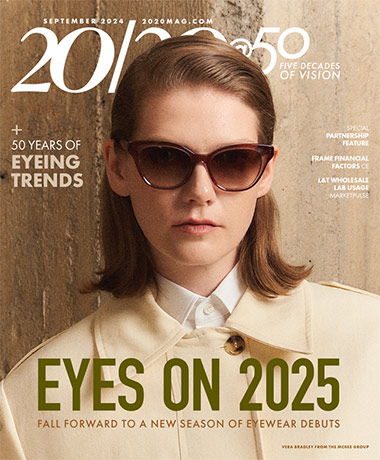
Rude and insulting behavior may seem to be the new normal. Most of us can shrug it off and walk away, but it can have detrimental consequences on employee effectiveness in a wide variety of jobs, organizations and industries. Incivility is prevalent with health care workers and alarmingly for patients, within surgical areas. Studies have shown that this behavior can have harmful consequences on effectiveness, performance, patient outcomes, employee well-being, compliance with infection control, medication protocols and operating performance. Several interventions have been trialed internationally to address the poor behavior in surgical teams, including workshops and training sessions, but with limited success. Recently, researchers at the University of South Australia conducted a novel experiment to address offensive and rude comments in operating theaters by placing “eye” signage in surgical rooms. (Ostroff C, Benincasa C, Rae B, Fahlbusch D, Wallwork N [2023] Eyes on incivility in surgical teams: Teamwork, well-being, and an intervention. PLoS ONE 18[11]: e0295271)
Study participants were 74 perioperative surgical team members (surgeons, anesthetists, assistants, ancillary specialists, scrub nurses, admission nurses and recovery nurses) at an orthopedic surgery hospital in Australia. Participants received surveys they were told were part of the quality improvement initiatives at the hospital. The survey measured incivility, team dynamics, burnout, stress and job attitudes. Incivility was assessed with items such as purposefully ignoring someone, insulting comments, speaking ill of someone, comments based on sexual or racial stereotypes, and hurtful sarcasm. Participants were asked to report on a 5-point scale how often (from never to most days) they observed or experienced each event during the past month. Approximately one month after the initial survey, stylized eye signs with slogans were placed in operating room areas, then a second survey occurred about three months after the first. Participants were unaware of why signs were placed in those areas, and only that the surveys were part of ongoing quality assessments.
Results showed that the simple intervention of placing eye signs in operating room areas had a significant impact on reducing incivility events, particularly for scrub nurses. Lead researcher Professor Cheri Ostroff attributed the result to a perception of being “watched,” even though the eyes were not real. More study is needed, but “watchful eyes” images have already been used in public places to promote honesty, deter crime, increase donations and even to promote handwashing in restrooms or reduce littering. There are many examples of studies that show that pro-social behavior is more likely under a perceived “watcher,” and while better behavior is a benefit everywhere, it may be most appreciated in an operating room.
• Linda Conlin
Pro to Pro Managing Editor
[email protected]












